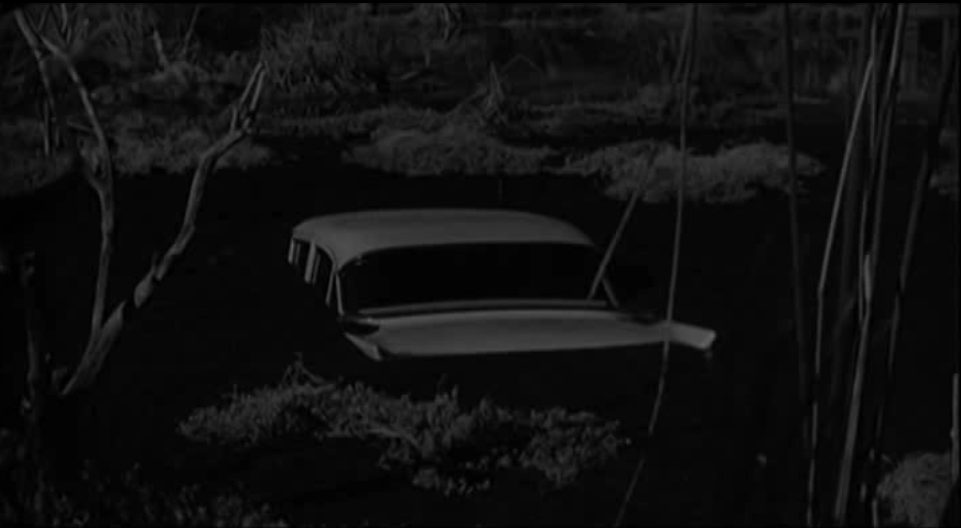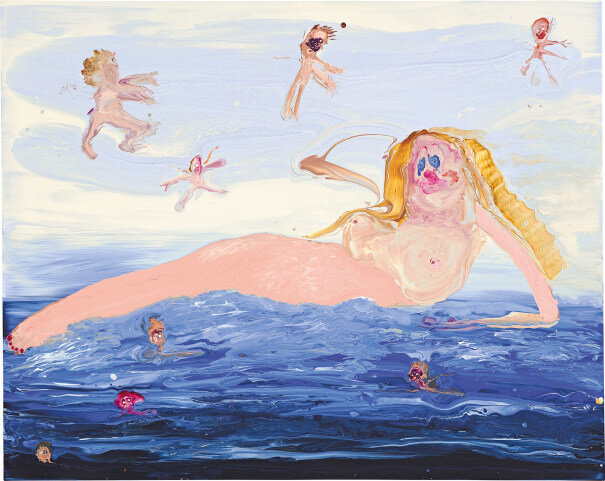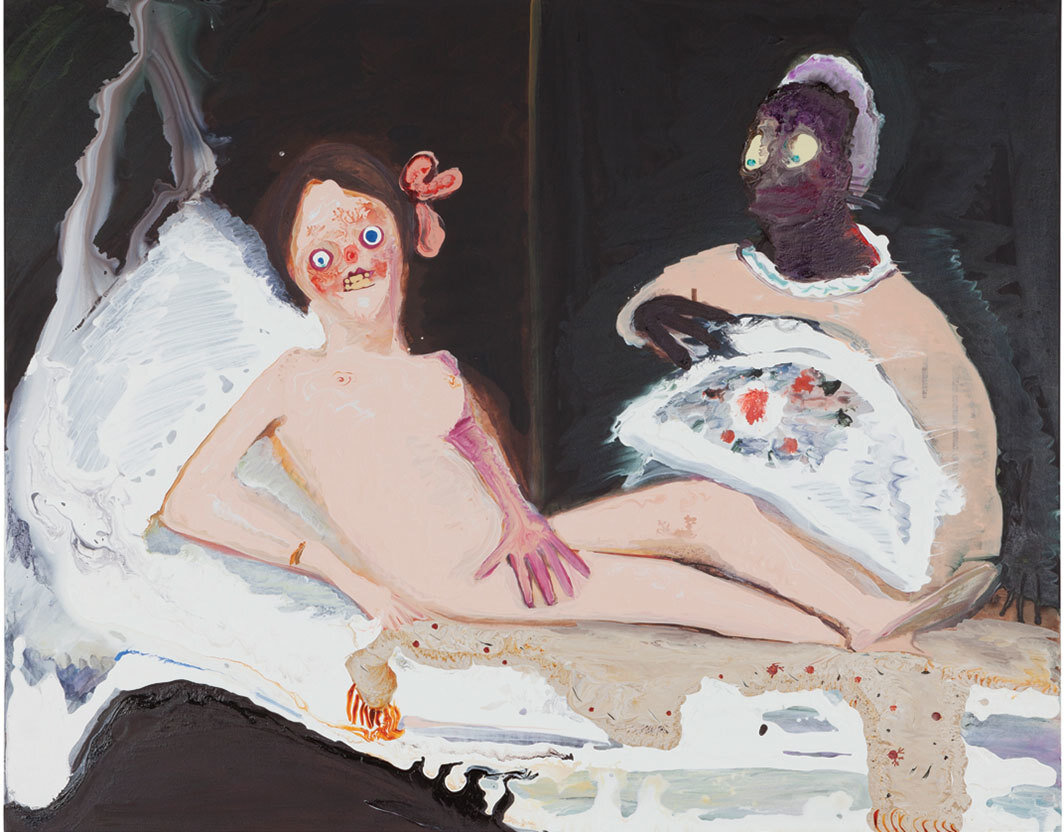WHEN GENIEVE FIGGIS WENT AWOL TO DISCOVER ÉMILE ZOLA'S MILK & MARZIPAN
EDITIONS
GENIEVE FIGGIS, MFA SHOW, NCAD, 2012.
To the Reader.
Re: ‘Desire: A Revision from the 20th Century to the Digital Age', Irish Museum of Modern Art (IMMA), September 2019 through March 2020.
*As local newspaper reviews focused on the unattainable & evasive "big other" of desire (referencing the go-to guys of desire from Freud to acolyte Lacan), I felt justified & free to write on the most desired Irish artist among this 100 artworks mirrorball extravaganza, who, up to then, hadn’t exhibited in Ireland for over 5 years, & where speculation was ripe concerning the trajectory of her career & what it's like to experience her paintings in the flesh. Enter Genieve Figgis💎
“The goddess, drowned in a sea of milk, resembles a delicious courtesan, but not of flesh and blood – that would be indecent – but made of a sort of pink and white marzipan”
HERE, THE ART MARKET, IS ALWAYS ELSEWHERE. Irish audiences are beginning to catch up with the Genieve Figgis fairytale narrative & the 'gravity' of her painting style, which has developed significantly in terms of consistency of surface & texture since her MFA show at the National College of Art & Design Dublin in 2012, when oil paint sank, appropriately bone-dry, into toothy canvases of her now online-familiar skeletal gentry. For the first time in 5 years, Genieve's paintings were experienced in person in Ireland at IMMA in late 2019 through early 2020 (cut a week short by the COVID-19 crisis) within a packed group show under the title & theme of "Desire". Her paintings were found towards the conclusion of what was an excessive & spangly group show – "Desire" being an easy excuse & reason for the excess & spangle. Therein, within this density of desire, Genieve's paintings came fully dressed in nineteenth-century décolletage, marked by the overwhelming presence of a four-poster bed &, a shade more coyly, peekaboo'd naughtiness from an alcove-situated display case.
First, however, let's get this out of the way.
In 2013 I wrote the following: ... it is the artists that get swallowed up by the ‘Gasgosians’ and ‘Zwirners’ of this world that become invisible, appearing now and then at secondhand bookshops in inflated monographs; or if you regular the private domestic basement galleries of the wealthy where the artists are placed in pull-out shelves. Ok, we all have to make some bread and butter, but is this the destiny that the next generation of Irish artists should aspire to? I arrived at this conclusion in a review of Genieve's solo show at the artist-run Talbot Gallery & Studios Dublin in the Summer of 2013; a review staged against a newspaper article written by art critic Cristín Leach in the UK Sunday Times, that hinged painting (& the seeds of Genieve's efflorescence) upon the swinging saloon doors of art market push & push. As the above infers, I didn't value this implication or aspiration for the artist. Art, in this small, localised, no-art-market-as-such art scene, is an amateur sport, and to fantasise that it should be more in commercial terms is a fantasy that's no good for the soul of the artist & something very few artists will ever experience anyway.
Genieve showed at the Gagosian New York in 2019, one of the biggest gallery chains and historically respected market players in the artworld for the last 40 years. Today she is represented by Almine Rech, with exhibition spaces in Paris, London, Brussels, New York & Shanghai. On the Almine Rech Wikipedia page "Genieve Figgis" is listed first in "Related Articles", indicating a popularity in online search terms above the stable of established & canonical artists Almine Rech represent. Things have played out the way they have regarding Genieve's international visibility & growing blue-chip reputation far from the publicly funded art scene here in Ireland. Although it's been over 5 years since her work has been experienced in public on these shores, this does not mean there was no institutional support over here during that period; more like there wasn't a meeting of minds in terms of the disparity between a growing reputation internationally, & the slow uptake & appreciation of that fact here. The fact that Genieve's work has not been exhibited here for that period of time, combined with the recent 10-fold art market inflation of her paintings during the course of the IMMA show, makes for good newspaper copy, which continues apace in that distracted vein. But what of the work? Can we separate the fairytale from the paintings? Does blue-chip designation convince? We know what we like & don't like in contemporary art? I like a Christopher Wool text painting as much as the next lover, but my eyes don't clock $30.000.000 when I'm looking at a Christopher Wool text painting.
“At the age of 70, I belong to the last generation that could spend time in a museum without ever once thinking about what the art might cost.”
It all comes down to what American philosopher Richard Rorty calls “stage-setting”. Rorty is a birdwatcher in his free time. Without what Rorty calls conceptual stage-setting, formed by reading birdwatching books as a child, the sight of a Snowy Owl or Waxwing would never elicit in him what Vladimir Nabokov (author of Lolita plus a butterfly guy) called “aesthetic bliss”. Those in the know, with the benefit of stage-setting, borne out of a curiosity about Genieve's progress in art & the market, visited the Desire show at IMMA when it opened to the public on the last week of September 2019. They wandered the large hall & small rooms of the museum wing to fall upon Genieve's paintings, comfortable in their snug, anachronistic stage-setting, and comfortable in the knowledge the paintings were priced between 10 & 30 grand. Today Genieve's paintings could potentially fetch a quarter of a million. No matter how independent of mind you are, or how good you are at compartmentalising the world due to some long-term sequelae of mind, it is hard to separate art from its stage-setting. Rorty talks about “rarity” as an important factor in stage-setting; the high price of an artwork is another stage. When it comes to art we are influenced by the contexts that shape & stage the work as much as the work itself.
Today biography & character profiles colour the chips blue (art market darlings Christopher Wool & Albert Oehelen cases in point). The stage has been set here for Genieve Figgis for the last 5 years, while her work took on a ghostly & enigmatic over-the-shoulder presence in newspaper features dedicated to the artist's biography – early mother/ late artist. Speculation & the drift of snow-globe fantasy has replaced physical evidence in her absence. If you are none the wiser of the contexts that shaped Genieve's career, none of this matters to your reception. You have the privilege or loss of judging the paintings on their own terms, as painted subjects. However, with the foreplay tantric, speculation has been the only release for those who look at art within a continuum. There's been too much talk about everything but the work.
What was interesting about the context that framed Genieve's work at IMMA, is the scale of desire being outpoured in over 100 artworks did not obstruct my desire to go straight to the source of my personal desire & why I am here: Genieve Figgis. The rest is scenery. So I skip down to where they lay – there was no need to pretend & continue to do the tantric thing. They came upon me, not me on them, abruptly. The paintings in the flesh are nothing like the images of paintings I have come to know on social media for the previous 5 years. Nothing like. I don't know what people are Liking online. Not these. The images here are ghosts; the surfaces corporeal. Once again speculation trumps evidence. People are Liking something else online, imagining something else online, desiring something else online – desire defined as something always & forever out of physical reach. The image of Genieve's paintings has always been put before the real thing, that's how they were discovered by artist Richard Prince (her first & most commited collector), & then assimilated by others, online, as images of real things; that's how I have experienced them for the last 5 years. Before then they were at arm's reach, today they're not. Still we judge Genieve's paintings based on Instagram images rather than the paintings. People have speculated about their physical presence since the beginning because the image that was being presented was immediate & translatable without the real thing in front of us. The narrative was something already inside us.
These are the meta-narratives of our lives, from fairytale childhood to grave in waiting. How these meta-narratives are represented by Genieve in paint, however, is different. It's not a whimsical or metaphysical portrait of history; the fantasy is decomposing before our eyes, melting away like the documentary evidence of some betrayal in the burning hearth of literature, of history. Who wouldn't want to imagine those who believe status & power is everything under a pillaring X-ray machine smiling back with the dumb rictus of ambition from the implied or real grave. We all die; riches to rags. In front of Genieve's work we are the technicians behind full-body scanners in the airport looking at the history & private lives of the rich & famous carousel by, flayed & fake, catching the artist's reflection in the drunken stream that rounds the mansion. These are the images of other people's lives, lives we can objectify & speculate upon (like Genieve's) without looking at ourselves under the same X-ray machine.
Online, Genieve's paintings are images of images. They arrest our attention as desired physical objects that we can imagine holding but never afford. In person they are more about paint. How paint, when you mix it, bubbles form deep down in the admixture, and when poured on canvas to set, begin to pop & leave pinprick pockmarks in the pillowy paint, like some studded sofa in one of those grand estates that was borne of colonialism & always out of time but perennially grave-robbed because of the investment we place on the concrete past no matter its provenance.
The provenance of these paintings is flat on the ground, paint poured to pool & flood the edges where stumpy fingers of yellow & mauve & almond overflow. These are paintings that you imagine lying your head on, to dream [the four-poster bed is not needed], invoking what Zola said critically of Cabanel's La Naissance de Vénus [The Birth of Venus] as "The goddess, drowned in a sea of milk, resembles a delicious courtesan, but not of flesh and blood – that would be indecent – but made of a sort of pink and white marzipan". Genieve's work stands between Cabanel & Manet, riffing on Cabanel's creamy & sweet surface while also degenerating it in agate pools that vibrate outward into the present, like Manet did through Olympia's unveiled & unrivalled gaze in 1863. Coinciding with the Desire show at IMMA, the brilliant Derek Jarman was being promoted as the British Andy Warhol. If anything, Genieve is filling those wigs (redacting the "British" of course) in the immediacy & overwhelming consistency of her gaze & the gaze of her work. Like Warhol, Genieve does one thing well. 8 years ago or more she discovered her subject. Since then she has been accumulating processes to express that subject in paint. This is not a soul-beating or breakdancing process, it's cumulative, towards some refined end that beats Zola with his own marzipan. The time for tiptoeing around Genieve Figgis has ended. Lismore Castle Arts and Venice are the obvious nexts here. The stage is set■
*Read 2013 review of Genieve Figgis at Talbot Gallery & Studios here





































![MADDER LAKE ED. #10: TOWARDS A HABIT [ psychoanalytically speaking ]](https://images.squarespace-cdn.com/content/v1/594626eae3df28301b1981dc/1513427037670-14LCX8VBQFY0V1FCMR03/gober-circa-1985.jpg)






